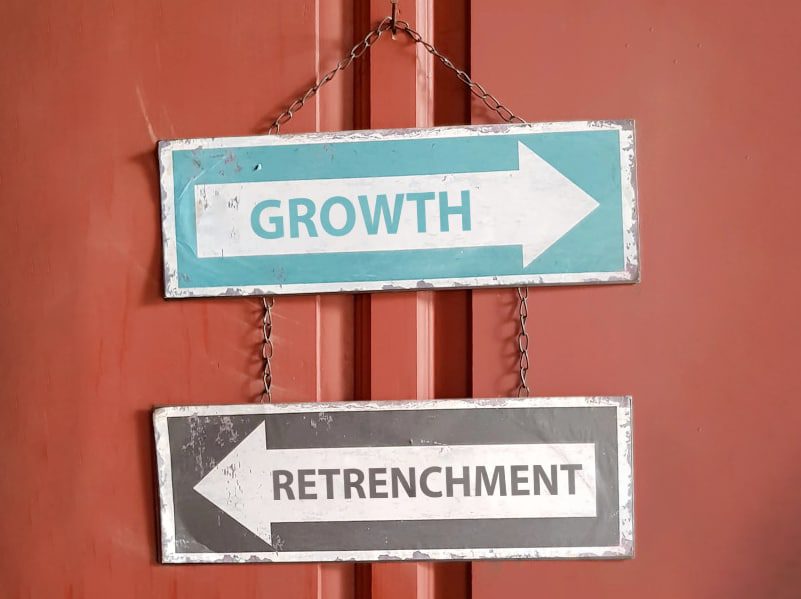ILS market at crossroads, but still growing as capacity hits $96bn: AM Best

The insurance-linked securities (ILS) market is seen as at a crossroads in the wake of hurricane Ian, although ILS capacity has still expanded and the catastrophe bond market is seen as the best positioned segment, rating agency AM Best has said.
The losses from hurricane Ian have “solidified the arrival of a hard market and dampened the influx of new capital from insurance-linked securities (ILS) investors,” AM Best has reported.
2022 saw significant catastrophe loss activity that affected the reinsurance market again, with ILS investors taking their share and this following a number of challenging years.
It’s not just the major losses that trigger per-occurrence layers of ILS backed reinsurance and retrocession protection, but the aggregation of smaller catastrophe and severe weather loss events that is challenging the market.
“Some investors are holding steady in this asset class, but considering the heavy catastrophe losses of the last six years, sentiment among some ILS managers is that the supply of capital, particularly for aggregate reinsurance and retrocession, will remain tepid for some time despite high demand given the losses, along with inflation and lower asset valuations,” AM Best explained.
AM Best notes that, “The psychological impact of extreme cat losses in five of the last six years has dampened the influx of new capital,” which has led to the crossroads like juncture the ILS market finds itself at.
Emmanuel Modu, managing director, insurance-linked securities, AM Best, commented, “ILS managers have significantly diminished their appetite for aggregate covers that reinsure the accumulation of multiple loss events.
“In some instances, they are structuring deals to exclude secondary perils that generate small and medium-sized losses. This shift is causing more of these risks to remain on primary insurers’ balance sheets.
Rates alone cannot improve underwriting outcomes, AM Best correctly states, with ILS managers as focused on terms and conditions and has accelerated the push for higher prices, while also tightening terms on coverage features such as per-event caps in aggregate covers, higher attachment points and other conditions.
“Market participants, including the ILS managers AM Best interviewed, routinely cited that the overall average risk-adjusted rate increase was approximately 50% in the United States and about 30% to 40% in Europe,” Wai Tang, senior director, insurance-linked securities, AM Best said.
“Unlike the prior year, price increases for loss-affected and non-loss-affected areas were substantive, with smaller but surprising spikes for non-loss-affected areas. This speaks to the fact that capital supply is indeed an issue for the reinsurance market.”
Despite all of this, AM Best’s estimate for global ILS capacity, that it reports with the help of reinsurance broker Guy Carpenter, has risen slightly.
ILS capacity has risen from the $95 billion it had reported as an estimate for 2022 back in August last year, to now a renewed estimate of $96 billion of capacity for the ILS sector.
Having spoken with ILS market participants, AM Best estimates that this $96 billion of ILS capacity breaks down as:
$34.5 billion of catastrophe bonds outstanding.
Between $6bn and $7bn of reinsurance sidecar capacity.
$5bn to $7bn of industry loss warranty (ILW) capacity.
Collateralized reinsurance of $45 billion to $50 billion.
Appetite for reinsurance sidecars has declined, AM Best noted, while ILW capacity could be exposed to a high degree of trapping due to hurricane Ian, as too is collateralized reinsurance, all of which makes it far harder to estimate actual deployable and actively available ILS capacity at any point in the year.
Consequently, ILS fund manager assets under management have largely declined over the last year, and “capacity in the ILS market is difficult to pin down precisely,” AM Best said.
However, on the flip-side of this, demand for ILS capacity is very high, especially as cedents have been struggling to secure all the capacity they need in the traditional reinsurance market.
But all of the challenges faced mean that catastrophe bonds appear the most likely segment to benefit as the ILS market navigates this crossroads, continuing the trend observed since 2017, AM Best notes.
While the ILS market is beginning to expand to non-catastrophe risks, AM Best notes that the recent higher pricing in property catastrophe reinsurance could mean this slows down, as investors may refocus on the more accepted areas of ILS.
“In an attempt to woo such investors, some ILS market managers are making a pitch that the property cat market has never been as attractive as it is right now,” the rating agency explains.






